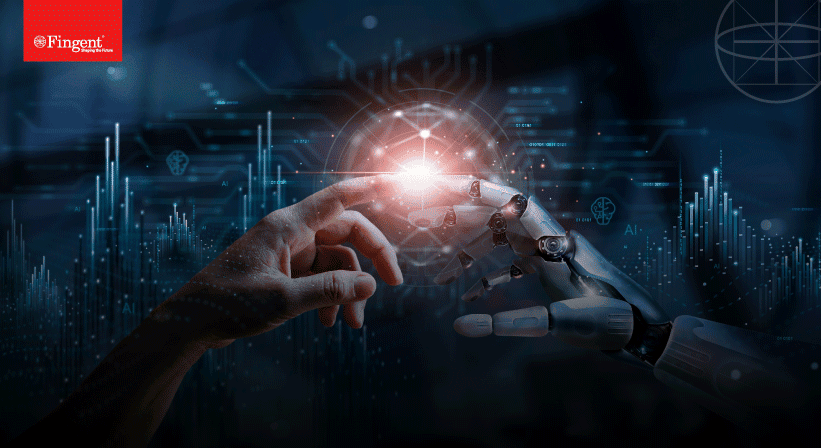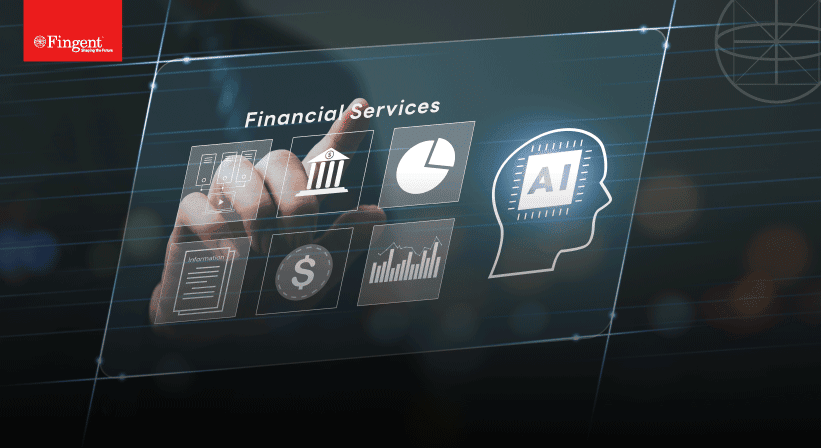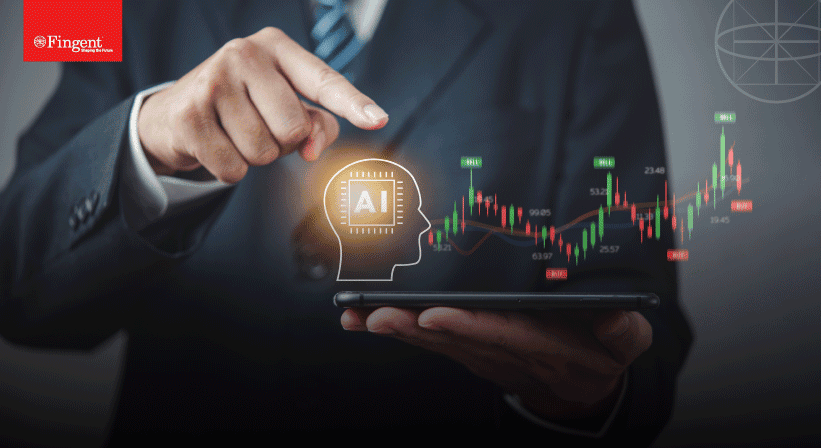Keeping Up with AI: What is Transfer Learning?
What is Transfer Learning and how can it help you?
Have you ever tried teaching a baby to recognize objects?
That’s an example of Transfer Learning at work in its most elementary form. Babies as young as eight months old can transfer learning from images to objects. As we grow, we continue to use the same method to learn things. We continue to use the knowledge we gain from one domain to learn other things faster in another domain. This is the concept in Artificial Intelligence that has come to be known as Transfer Learning. This blog discusses transfer learning and its vital role in the future of AI.
What is Transfer Learning?
Transfer Learning is a method in which a model developed for a particular task is used as a building block to solve a different problem. It is a domain of AI, which uses machine learning algorithms to improve learning capacities in one domain through previous exposure to another domain.
Currently, Transfer Learning is gaining much popularity because it can train deep neural networks with lesser data. The goal of transfer learning is to build a model that can be applied to different, yet related problem areas.
It is interesting to note that the pre-trained AI models are called “teacher” models, and fine-tuned AI models are called “student” models. For example, we need not learn and remember that a bus has wheels on four ends. Why? Because we are capable of relating it to what we already know: that a vehicle generally has four wheels. On the other hand, a computer needs to develop such logic by learning all the attributes of a bus. That is the reason why a computer needs much more data than we do. This is where transfer learning comes into play. Transfer Learning aims to reduce the need to use huge amounts of data, by using data available from related domains.
It is important to note that Transfer Learning is different from Traditional Machine Learning. Traditional learning works in isolation, in the sense that it is based on specific tasks and datasets, and separate isolated models are trained through this. The knowledge gained is not retained or transferable to other models. Transfer Learning, on the other hand, ensures that this knowledge is retained and leveraged to train newer models to perform different yet related tasks.
Related Reading: Classifying Knowledge Representation In Artificial Intelligence
Transfer Learning Collaborates Perfectly With AI
Being a fast-evolving frontier of data science, transfer learning can be used by data scientists to tap into statistical knowledge that is gained from previous projects. Its benefits are manifold.
- Boosts productivity: Deep Learning and Machine Learning projects address solution domains for which huge amounts of data have already been collected, used and stored. The same work can be used by data scientists to develop and train fresh neural networks. This boosts productivity and accelerates the time required to gain insight into new modeling projects.
Transfer Learning also enhances productivity when there are close parallels between the source and target domains. For example, deep learning knowledge gained from training a computer to translate from English to Arabic can also be partially applicable to help it learn to translate from English to Hindi.
Related Reading: Why Time Series Forecasting Is A Crucial Part Of Machine Learning
- Risk Reduction: At times, underlying conditions of the phenomenon that has been modeled might change radically. That will render the previous training data set inapplicable. On such occasions, data scientists can use Transfer Learning to leverage useful subsets of that previous training data from related domains as they now build a fresh model.
Transfer Learning can be used to predict certain problems in domains that are susceptible to highly improbable events. For example, a stock-market crash might be useful to predict political catastrophes. This way, Transfer Learning can stand at the forefront of data science by gaining and applying fresh contextual knowledge through various forms of AI.
- Improves learning: Transfer Learning can use the knowledge gained from source models to improve learning in the target model. This improves baseline performance. It also saves time because it does not have to learn from scratch.
Transfer learning allows the use of small datasets to solve complex problems. If a new domain lacks sufficient labeled training data, transfer data can assist in leveraging relevant data from older modeling projects. Applications of deep learning generate enormous amounts of complex data. Managing such data manually would require a lot of human resources. Hence, Transfer Learning is critical for the success of IoT and deep learning applications.
https://www.fingent.com/insights/portfolio/achieve-higher-business-growth-profits-with-artificial-intelligence/
Transfer Learning for Future Innovation
As machine learning and deep learning continue to accelerate, transfer learning will accomplish things with improved efficiencies that were unimaginable in the past. Transfer learning will support deep neural networks in running businesses more efficiently.
In a tutorial called Nuts and bolts of building AI applications using Deep Learning, renowned professor and data scientist Andrew Ng predicted that “after supervised learning — Transfer Learning will be the next driver of ML commercial success.” We are seeing that happen right in front of our eyes. Explore this revolutionary tool with Fingent’s custom software development experts and see if this is something that could help your business.
Stay up to date on what's new

Recommended Posts

03 Jul 2024 Financial Services
AI in Business: Preparing Leaders For The Revolution
AI in Business is a present reality! It’s a building revolution that is all-encompassing and is redefining business operations. You have only two options. Either ride on the crest of……

20 Jun 2024 Healthcare B2B
AI in Healthcare: Enhancing Patient Outcomes and Experience
Artificial Intelligence is a multi-talented assistant and has proven its worth in the healthcare industry. Healthcare organizations have found innumerable ways to use AI, from record maintenance to patient assistance.……

08 May 2024 Financial Services B2B
AI in Financial Services: Use Cases and Applications
Achieving perfection is no easy process. It is not impossible either. It takes a lot of effort and hard work but with the help of Artificial Intelligence, this process can……

24 Apr 2024 B2B
A Leader’s Blueprint for AI Success
How are Businesses Using AI? The verdict is crystal clear—leaders today must embrace AI solutions to stay ahead of the curve and survive in the rapidly evolving business landscape. AI……
Featured Blogs
Stay up to date on
what's new






















































